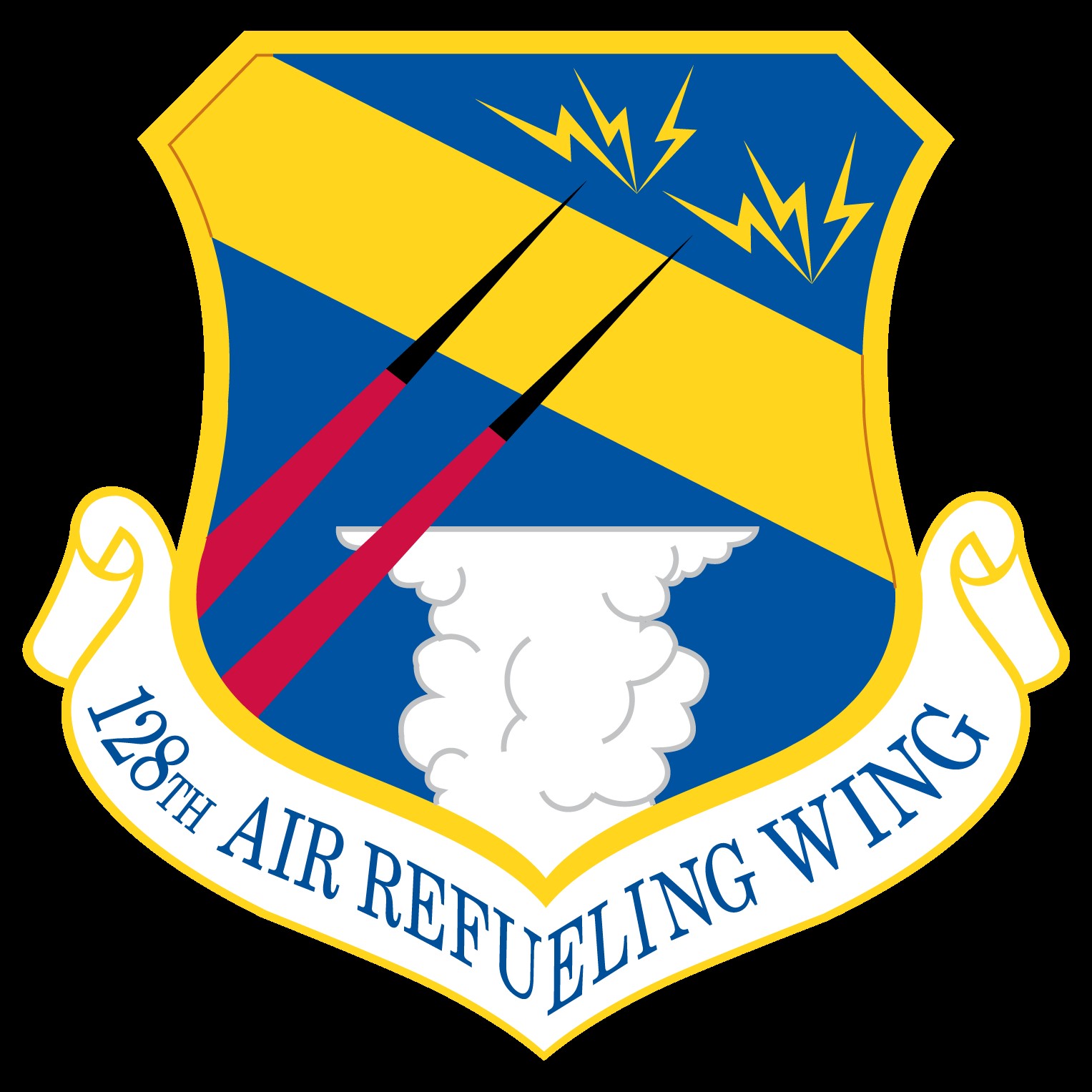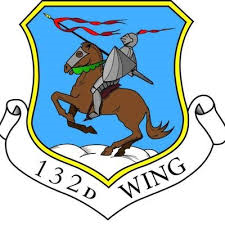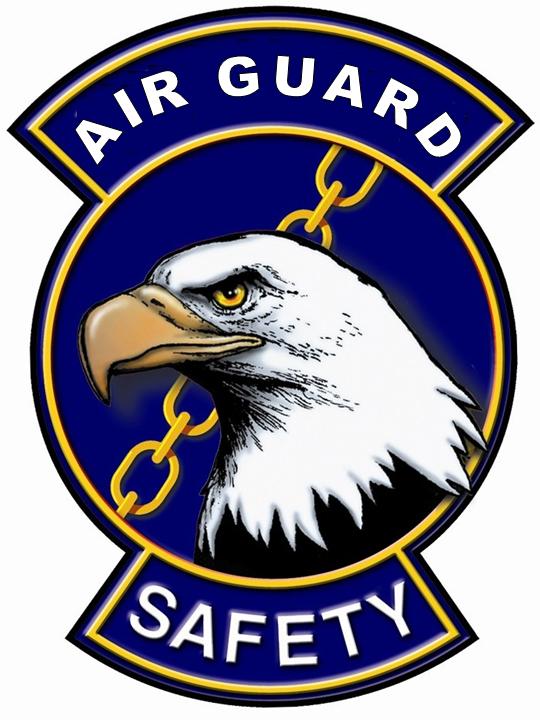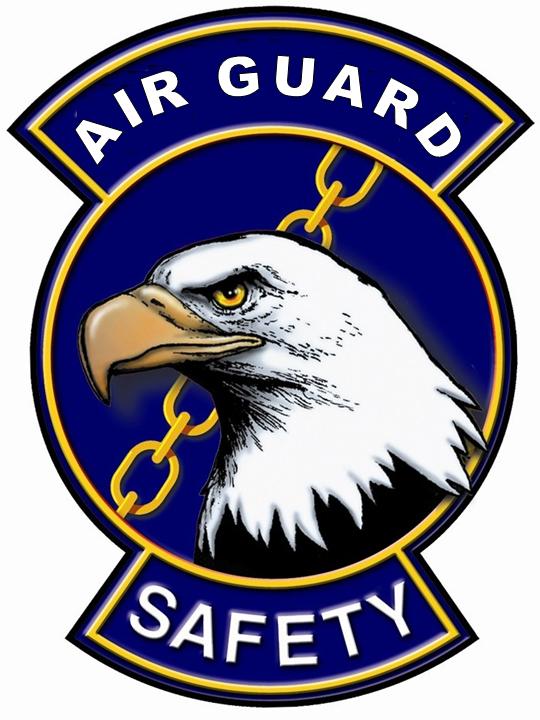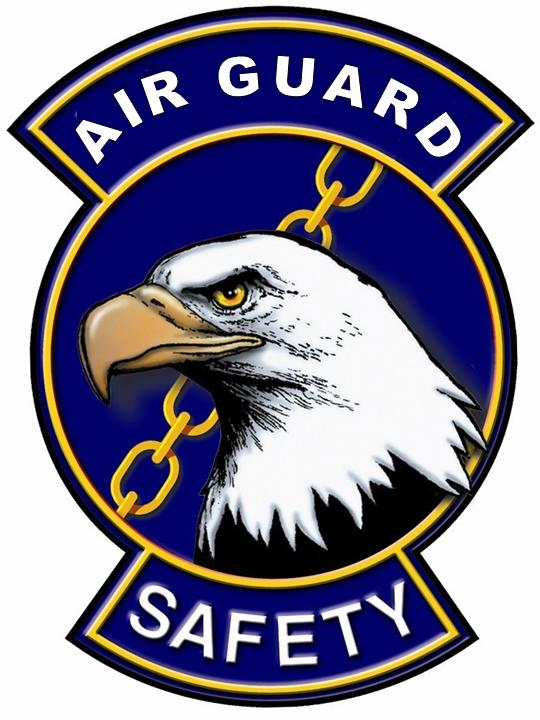Information
-
Document No.
-
Audit Title
-
Client / Site
-
Conducted on
-
Prepared by
-
Location
-
Personnel
28.19. Interior Spray Finishing Checklist.
-
28.19.1. Do functional managers ensure spray painting operations are closely supervised and<br>equipment is in serviceable condition? Reference 28.2.1
-
28.19.2. Are painters‘ ladders, scaffolds, lifelines and other equipment inspected prior to use to be<br>certain they are in safe condition? Reference 28.2.2
-
28.19.3. Is paint or dope mixing done in designated, adequately ventilated rooms constructed of fireresistant<br>materials? Reference 28.2.3
-
28.19.4. Are all sources of ignition prohibited in mixing areas? Reference 28.2.3
-
28.19.5. Do mixing rooms have spill control and cleanup measures? Reference 28.2.3
-
28.19.6. Are soiled wiping rags kept in self-closing metal waste containers? Reference 28.2.4
-
28.19.7. Is paint stored in work shops kept in tightly covered metal containers? Reference 28.2.4
-
28.19.8. Do personnel engaged in painting and paint removal wear protective clothing, respiratory<br>devices (if required) and appropriate face, eye and hand protection? Reference 28.2.5
-
28.19.9. Do personnel engaged in preparing surfaces for painting by abrasive techniques, wear eye<br>protection? Reference 28.2.6
-
28.19.10. Are goggles and rubber gloves worn while acids, lye or noxious cleaning materials are<br>used? Reference 28.2.6
-
28.19.11. Are all respirators used during painting operations approved by BE? Reference 28.2.7
-
28.19.12. Has the use of radioactive paint been approved by the installation RSO prior to its use?<br>Reference 28.3.1
-
28.19.13. Are liquid, solid and gaseous waste products from painting and paint removal operations<br>disposed of IAW AFIs 32-7040, 32-7041 and 32-7042? Reference 28.3.4
-
28.19.14. Do solvent materials used for residual clean up have a flashpoint of 140° F or above?<br>Reference 28.4.4
-
28.19.15. Is extreme caution employed to ensure there are no ignition sources in the area and<br>ventilation is adequate to remove flammable vapors when using Methyl Ethyl Ketone (MEK)?<br>Reference 28.4.5
-
28.19.16. Is storage of paints and solvents IAW Chapter 22? Reference 28.4.6
-
28.19.17. Are contaminated materials, i.e., solvent or paint-soiled rags, paper towels and kraft paper,<br>removed and placed in approved self-closing metal containers? Reference 28.4.8
-
28.19.18. At the end of each day or shift, are the contents of these containers disposed of? Reference<br>28.4.8
-
28.19.19. Are portable fire extinguishers installed near all paint spraying areas? Reference 28.4.10
-
28.19.20. Is mechanical ventilation in operation while spraying operations are conducted and for a<br>sufficient time thereafter to ensure vapors are completely exhausted? Reference 28.5.1
-
28.19.21. Are ducts periodically inspected for accumulation of paint deposits and cleaned as needed?<br>Reference 28.5.3
-
28.19.22. Is air exhaust from spray operations directed so it will not contaminate makeup air being<br>introduced into the spraying area or other ventilation intakes? Reference 28.5.4
-
28.19.23. Are freshly sprayed articles dried only in spaces with adequate ventilation to prevent the<br>formation of explosive vapors? Reference 28.5.5
-
28.19.24. Are ventilation systems periodically evaluated as identified in BE‘s OEH risk assessment?<br>Reference 28.5.7
-
28.19.25. Are the quantity of paints, lacquers, thinners, solvents and other flammable and<br>combustible liquids kept near spraying operations limited to a one day‘s supply? Reference 28.6.1
-
28.19.26. Is bulk storage of these liquids in a separate building, detached from other buildings, or in<br>rooms specifically designed and constructed to meet flammable storage room requirements?<br>Reference 28.6.1
-
28.19.27. Is the withdrawal of liquids from containers and the filling of containers including portable<br>mixing tanks done only in a mixing room or in a spraying area when the ventilating system is in<br>operation? Reference 28.6.3
-
28.19.28. Are precautions taken to protect against liquid spillage? Reference 28.6.3
-
28.19.29. When flammable or combustible liquids are transferred from one container to another, are<br>both containers effectively bonded and grounded? Reference 28.6.4
-
28.19.30. Are piping systems used to transfer fluids properly bonded and grounded? Reference<br>28.6.4
-
28.19.31. Are portable electric lamps prohibited in spray areas during spraying operations?<br>Reference 28.7.3
-
28.19.32. Are all metal parts of spray booths, exhaust ducts, and piping systems conveying<br>flammable or combustible liquids or aerated combustible solids electrically grounded? Reference<br>28.7.4
-
28.19.33. Are filter pads and filter rolls inspected after each painting operation and replaced when<br>necessary? Reference 28.9.2.1
-
28.19.34. Are interlocks used with automatic-advanced roll filters to stop the spraying operation<br>should the roll advance mechanism fail? Reference 28.9.2.2
-
28.19.35. Are both filter pads and rolls changed when changing from one type coating material to<br>another if the two materials are susceptible to spontaneous combustion on contact with each other?<br>Reference 28.9.2.4
-
28.19.36. Are discarded filter pads and rolls removed from the area daily unless water-filled metal<br>containers are provided to hold them immersed until disposal? Reference 28.9.2.5
-
28.19.37. Is the appropriate size and type of portable fire extinguisher available within the spray<br>areas? Reference 28.9.4
-
28.19.38. Is the use or carrying of matches, lighters or other spark or flame-producing devices<br>prohibited in or adjacent to spray booths? Reference 28.9.6
-
28.19.39. Are pressure hoses and couplings regularly inspected for poor condition and replaced, as<br>needed? Reference 28.9.8
-
28.19.40. Are pressure relief valves set to open at pressures not more than 10 pounds above the<br>required working pressure? Reference 28.10.1
-
28.19.41. Are all air hoses checked prior to each shift to ensure they are properly connected to both<br>their pipe outlets and the equipment to be used? Reference 28.10.2
-
28.19.42. To prevent hose whipping, is the loose end secured prior to connecting hose to a<br>compressed air outlet? Reference 28.10.2
-
28.19.43. Are hose lines checked for evidence of wear and replaced as needed? Reference 28.10.3
-
28.19.44. Is the compressor and tank equipment securely mounted on a wheeled carriage for<br>portability? Reference 28.10.4.2
-
28.19.45. Are all paint pressure tanks and spray guns cleaned after each use and before being stored?<br>Reference 28.10.5.3
-
28.19.46. Is the exhaust air adequately vented from drying ovens? Reference 28.11.3
-
28.19.47. Are metal parts of drying ovens bonded and grounded? Reference 28.11.5
-
28.19.48. Is spray painting of an entire aircraft permitted only in hangars specifically designed for<br>this purpose? Reference 28.12.1
-
28.19.49. When spray painting aircraft, are the aircraft isolated and adequate fire prevention<br>measures taken? Reference 28.12.2
-
28.19.50. Are all aircraft properly grounded and all sources of ignition removed from the area prior<br>to spray painting an aircraft? Reference 28.12.2
-
28.19.51. Is smoking prohibited in the area where the aircraft will be spray painted? Reference<br>28.12.2
-
28.19.52. Are all aircraft electrical systems de-energized during cleaning, painting and paint removal<br>operations? Reference 28.12.2
-
28.19.53. Is proper ventilation provided when spray painting aircraft? Reference 28.12.3
-
28.19.54. Are all aircraft spray paint areas kept free from the accumulation of deposits of<br>combustible residues? Reference 28.12.4
-
28.19.55. Are all scraping tools used during spray paint of aircraft operations non-sparking?<br>Reference 28.12.4
-
28.19.56. Are containers emptied daily or after each shift? Reference 28.12.4
-
28.19.57. Are aircraft surfaces grounded to preclude the build-up of static electricity whenever<br>operations involving sanding, rubbing, painting or wiping surfaces are performed? Reference<br>28.12.6
-
28.19.58. Is smoking prohibited within 50 feet of painting operations? Reference 28.13.1
-
28.19.59. While painting, do personnel wear gloves or other BE-approved PPE needed to complete<br>the task? Reference 28.13.3
-
28.19.60. Is fire prevention equipment checked regularly, with particular attention given to<br>automatic sprinkler heads? Reference 28.14.2
-
28.19.61. Are sprinklers protecting spraying areas kept free from deposits by frequent or daily<br>cleaning? Reference 28.14.2
-
28.19.62. Is the entire electrostatic unit checked daily? Reference 28.14.3
-
28.19.63. Are insulators on electrodes and conductors kept dry and cleaned frequently to prevent<br>flashover? Reference 28.14.4
-
28.19.64. Are the power unit and ground nozzle turned off, to discharge any remaining charge within<br>the system before cleaning a nozzle or attempting to work on any gun? Reference 28.14.5
-
28.19.65. Are only non-copper beryllium spark-resistant tools used during cleaning operations?<br>Reference 28.14.5
-
28.19.66. Are all metal parts, including guard rails, shields, barriers, and enclosures in the vicinity of<br>a unit, grounded to prevent static build-up? Reference 28.14.6
-
28.19.67. Is the handle of the spray gun electrically connected to ground? Reference 28.14.7
-
28.19.68. Are only properly trained, qualified and physically-fit personnel permitted to work around<br>electrostatic apparatus? Reference 28.14.8
-
28.19.69. Are warning signs posted designating the spray process zone as dangerous ? Reference<br>28.14.9
-
28.19.70. Is a red ―ON‖ light installed in the interlocked power transformer circuit? Reference<br>28.14.9
-
28.19.71. Do workers make sure they do not disconnect the airless paint spray gun from the fluid<br>hose, or the hose from the pump, until the hose and other components have been depressurized?<br>Reference 28.15.2.2
-
28.19.72. Is the safety lock positioned to prevent operation, except when the gun is actually in use?<br>Reference 28.15.2.3
-
28.19.73. Are all hose connections and fittings tight and not leaking? Reference 28.15.2.4
-
28.19.74. Are all hoses checked for weak or worn spots? Reference 28.15.2.5
-
28.19.75. Are the object being sprayed and the spray gun grounded to prevent accumulation of static<br>electricity? Reference 28.15.2.7
-
28.19.76. Are periodic continuity checks performed to ensure the hose grounding is intact?<br>Reference 28.15.2.7
-
28.19.77. Does the operator wear eye protection and gloves to guard against accidental contact with<br>the spray? Reference 28.15.2.8
-
28.19.78. Is BE-approved respiratory protective equipment worn if exhaust ventilation is inadequate<br>or not available? Reference 28.15.2.8
-
28.19.79. Are cans of spray paint stored IAW Chapter 22? Reference 28.16.3
-
28.19.80. Do supervisors ensure office desks are not used to store spray paint? Reference 28.16.3
-
28.19.81. Are empty and malfunctioning cans of spray paint disposed of IAW AFPAM 32-7043?<br>Reference 28.16.4.1
-
28.19.82. Are wiping rags and other waste materials disposed of in self-closing metal containers<br>labeled to indicate the contents? Reference 28.16.4.2
-
28.19.83. Do supervisors ensure office waste cans are not used for the disposal of spray paint cans,<br>wiping rags or other hazardous waste materials? Reference 28.16.4.2
-
28.19.84. Is the powder coating area free of accumulations of powder coating dust? Reference<br>28.17.4 AFI91-203 15 JUNE 2012 547
-
28.19.85. Are all metal parts of the fluidized bed electrically bonded and grounded? Reference<br>28.17.5
-
28.19.86. Is equipment used for organic peroxide coating prevented from interchange with that used<br>for any other application? Reference 28.18.3
-
28.19.87. Are noncombustible absorbent materials used for clean-up purposes during organic<br>peroxide coating operations? Reference 28.18.3
-
28.19.88. Do supervisors ensure organic peroxide materials are not stored near any source of heat?<br>Reference 28.18.3
-
28.19.89. Is smoking prohibited and are ―NO SMOKING‖ signs posted in areas where organic<br>peroxides are stored, mixed or applied? Reference 28.18.3
-
28.19.90. Are non-sparking tools used in areas where organic peroxide coating materials are stored,<br>mixed or applied? Reference 28.18.3
-
28.19.91. Is the quantity of organic peroxides kept in the processing area the minimum required for<br>daily operations? Reference 28.18.6
-
-






